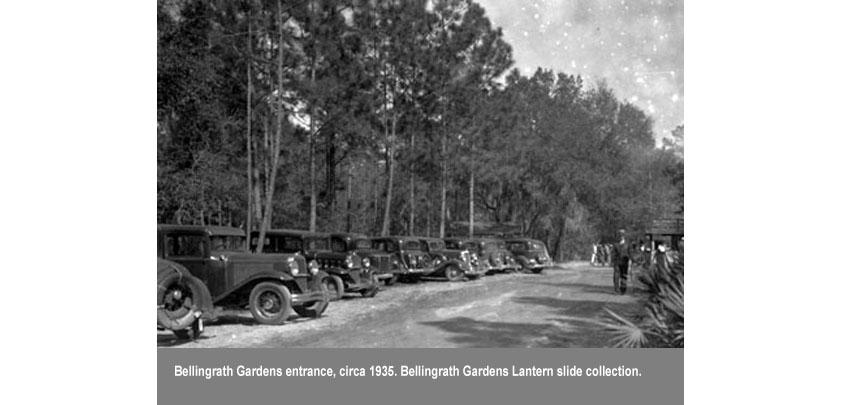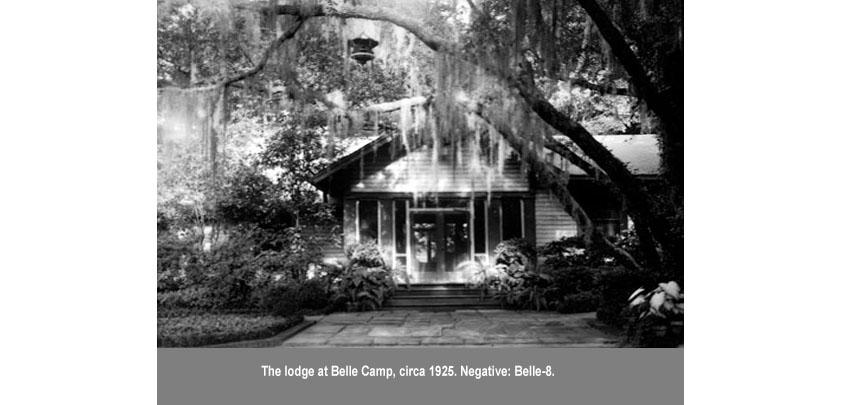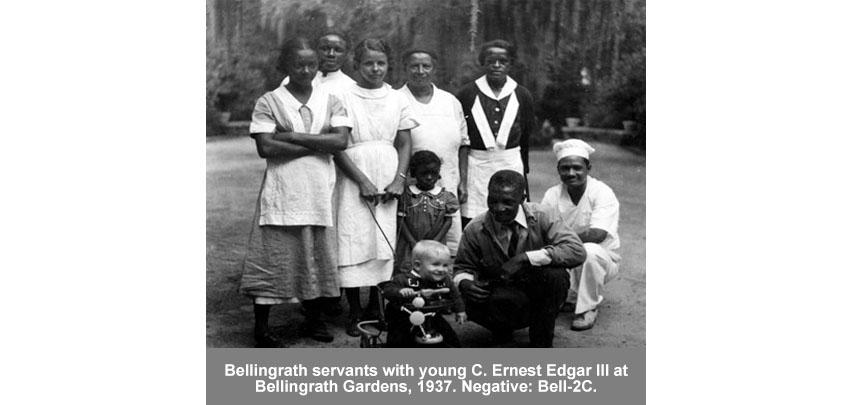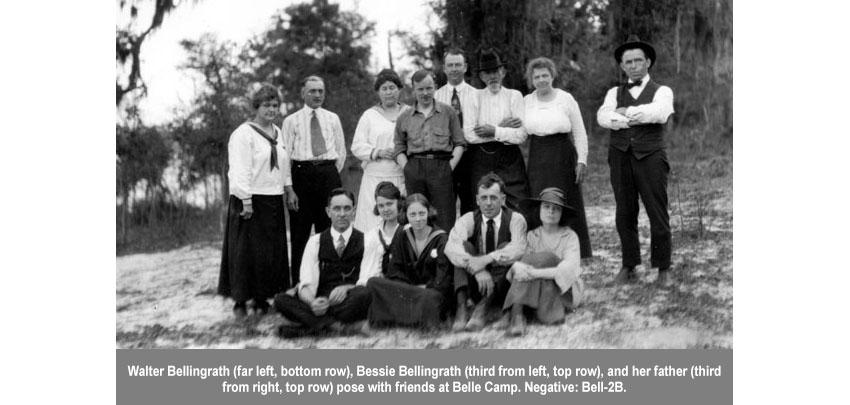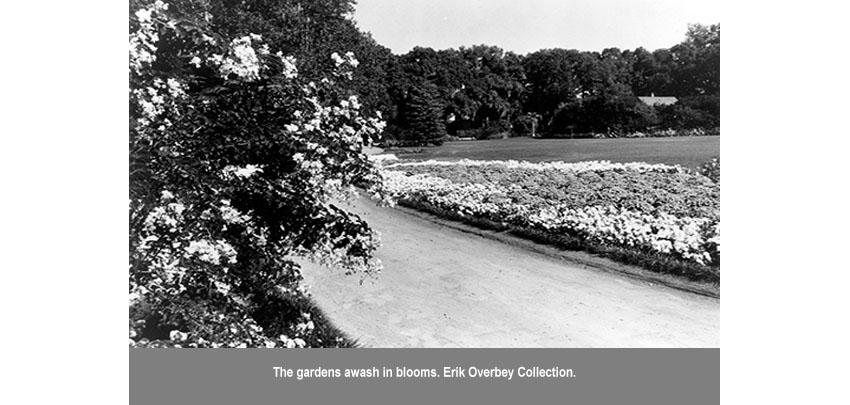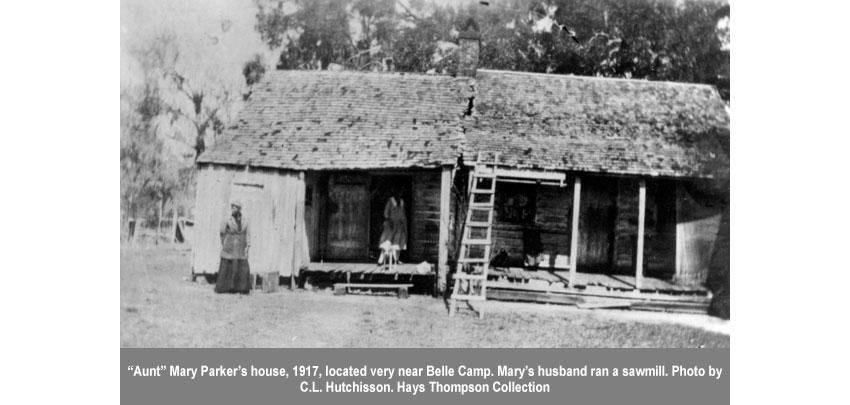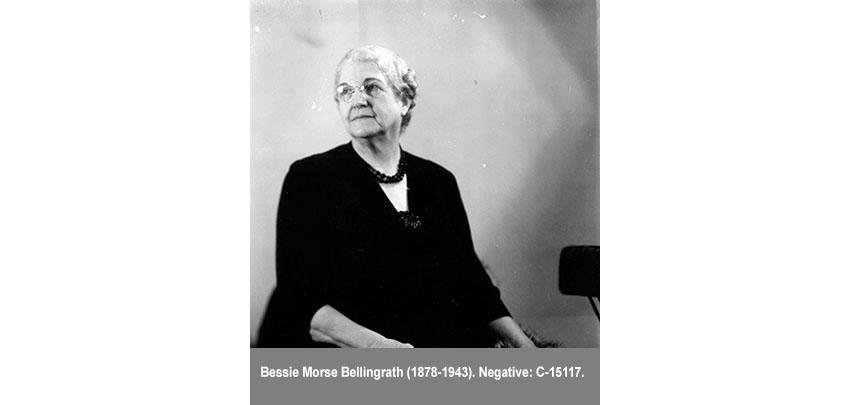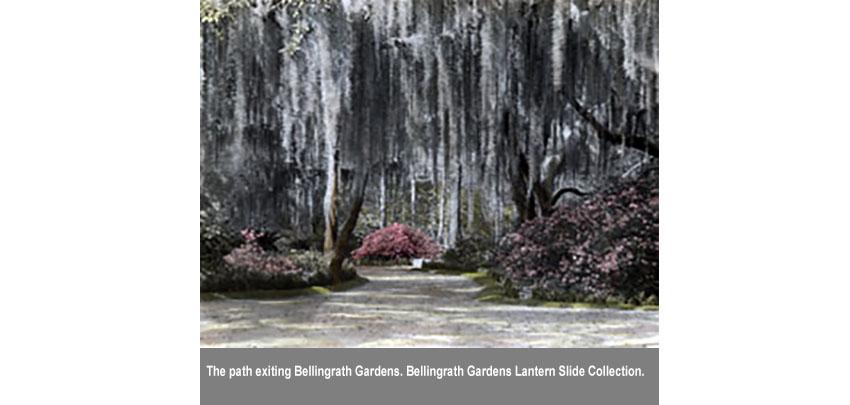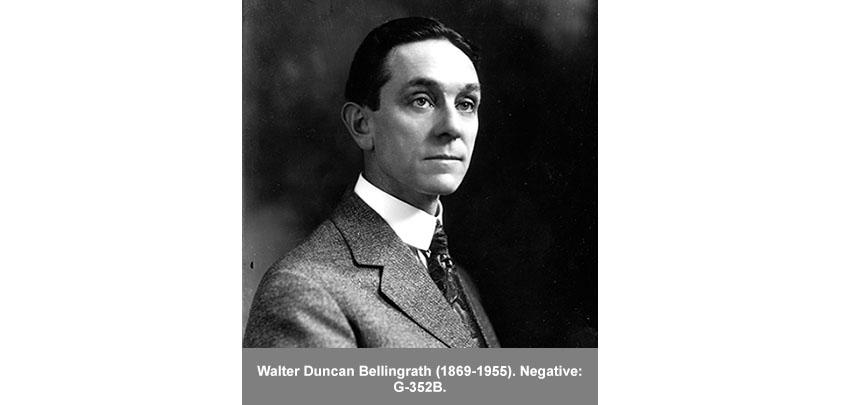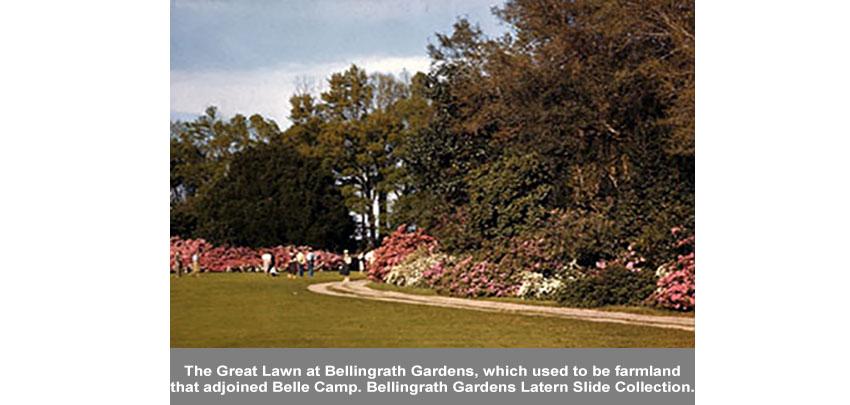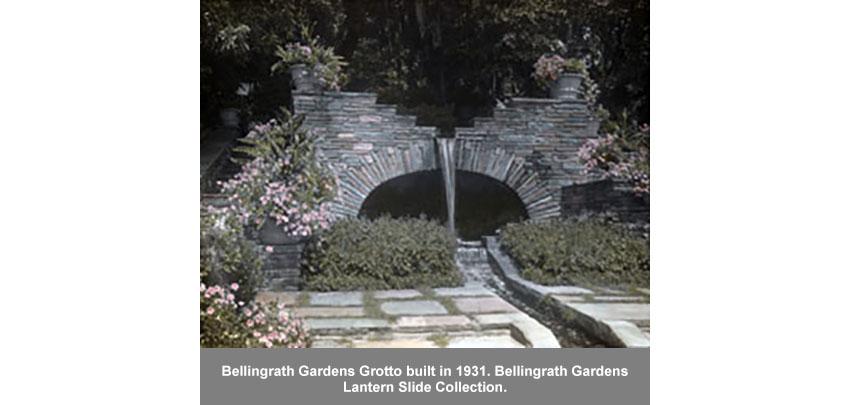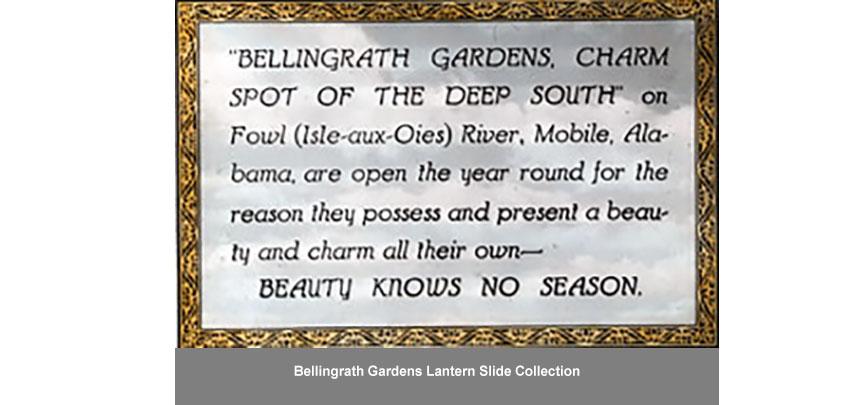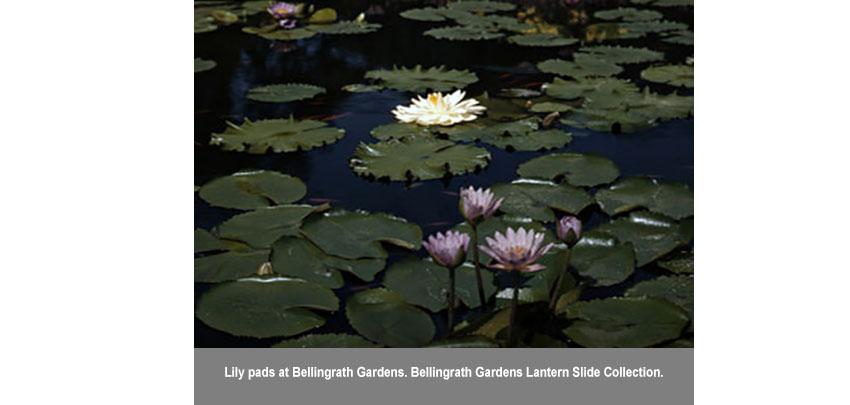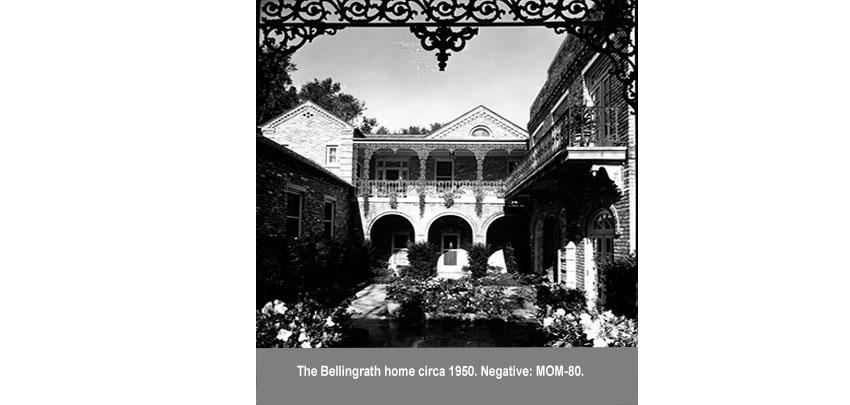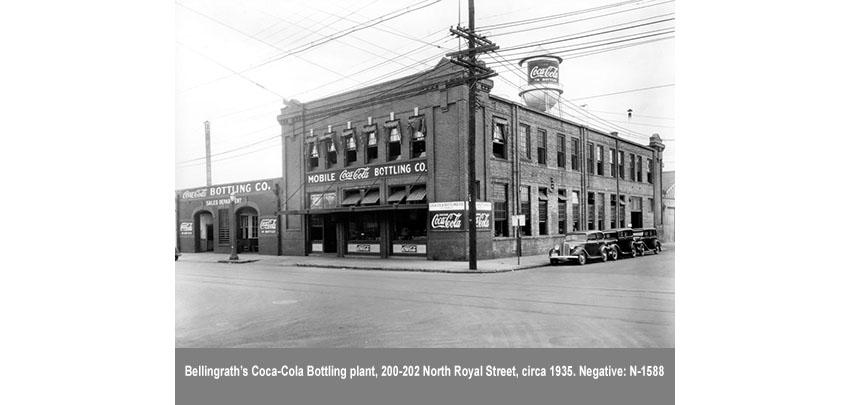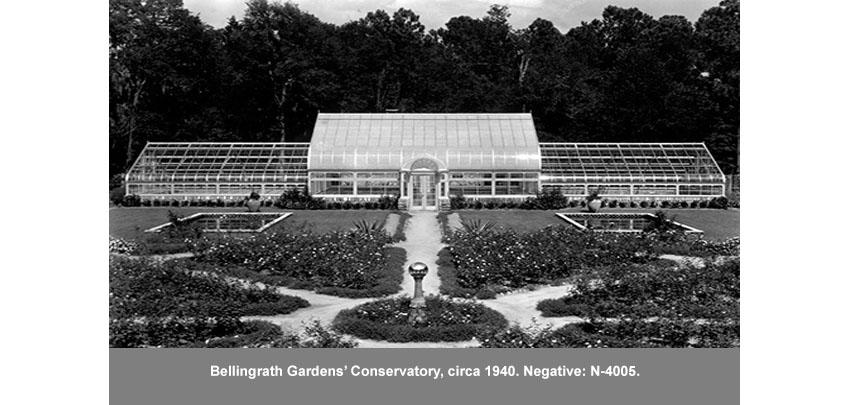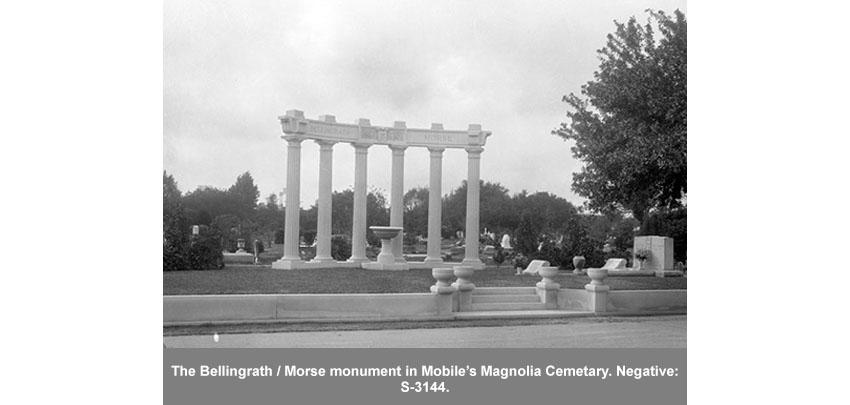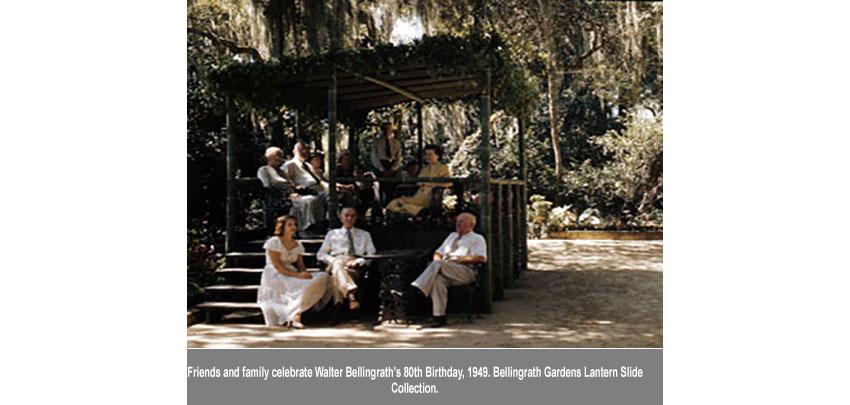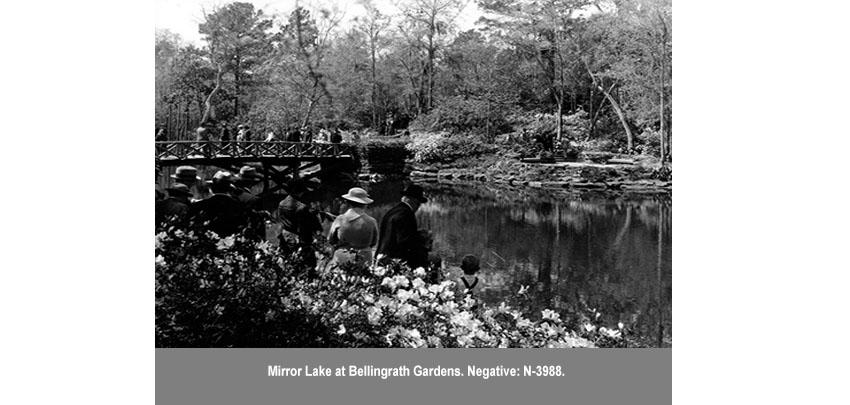Bellingrath Gardens Photo Gallery
Bellingrath Gardens, located about twenty miles south of Mobile, was a decades-long project of Walter and Bessie Bellingrath. Walter was born in Atlanta in 1869 to a German immigrant father, Leonard, and his Fayetteville, North Carolina, wife, Catherine Jean McMillan. As a young man Walter’s first jobs were working as a ticket agent and telegrapher for various railroads. Tiring of that, he became owner of a brokerage business in Montgomery, handling grains and provisions. Then, in 1903, when the investment opportunity arose, Walter and his brother, Will, bought the Montgomery and Mobile franchises for Coca-Cola. The rest, as they say, is history. Walter moved to Mobile and in 1906 at the age of 35, he married Bessie Mae Morse, the daughter of a shipwright and Walter’s stenographer. After several years and a prospering business, the couple bought a spacious home on Ann Street. Bessie, in particular, took great joy in furnishing her Mobile home with fine furniture and antiques. The two also enjoyed filling their large backyard with Azalea bushes. Before long numerous Mobilians either walked or drove by the Bellingrath property to admire their garden.
After World War I Bellingrath began to suffer from ill health. His doctor recommended that he learn to relax and get more fresh air. Heeding this advice, in late 1918 Bellingrath bought twenty-five acres of property that overlooked Fowl River (Isle-aux-Oies), land that had, in the 1700s, originally belonged to a French settler named Chevalier Montaut de Monberault. Monberault had developed the land into the Lisloy plantation and used it as a cattle ranch. Unwilling to submit to British rule of the Mobile area, Monberault soon left for New Orleans. The land he had acquired subsequently belonged to the second Spanish colonial governor of the area, Pedro Favrot, and, later, to a local Creole family named Parker. By the time Bellingrath bought the land it had become home to a fishing club called the Lisloy Club. Mary Parker, whose husband had once owned a sawmill in the area, was a neighbor.
Bellingrath christened his land “Bell Camp” (which became Belle Camp over the years) and soon bought more property that enlarged his camp to sixty acres. He and Bessie then set about making something livable out of the wilderness. They bought more land, built cabins and lodges, and piers and pumps. And, because her garden in Mobile had become choked with the Azaleas and Camellias she had planted there, Bessie began to transplant her greenery out to Bell Camp. Soon she was intentionally adorning the camp with all measure of flora, traveling far and wide to find just the right thing. She and Walter toured Europe and marveled at the gorgeous gardens that dotted the continent. Bessie and Walter returned determined to duplicate the European gardens at Bell Camp. Out of the backwoods that Walter had bought came a tamed, vibrant country home and a lush garden. When the couple announced they would open their garden to the public on April 7, 1932, more than 4,500 cars jammed the road leading to the site. It’s been a popular local and tourist attraction ever since.



